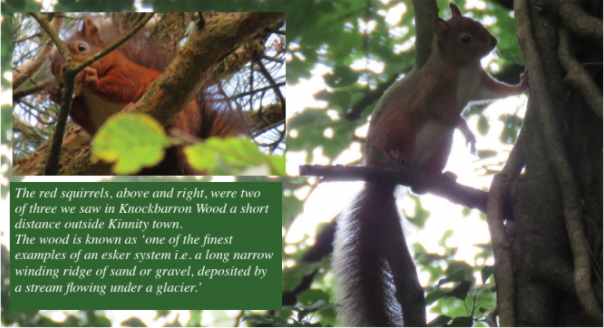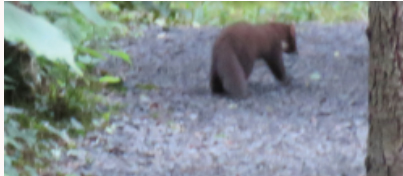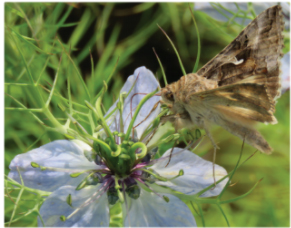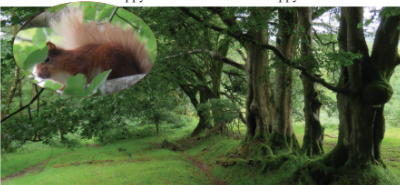|
August / 2020 - Michael
Ryan
|
|
|
|
|
 |
||
 The Pine Marten, above, paced along the path in front of us. |
||
Earlier
in the year I wrote about us spending a night in Kinnity Castle and
hearing, then seeing, a pair of courting Long Eared Owls fly out of
a tree on the avenue, so when we went back to the Castle in July,
our first nights away from home since lock down, we thought there
was a good chance there might be young owls on the wing. And, sure
enough, the first night we stepped out the main door of the hotel
we instantly heard the sharp, high pitched, single note calls of young
owls coming from the trees beside the drive. They were calling from
close to the edge of the tree line and we got brief glimpses of them
drifting out on broad silent wings. Later I spoke to the night manager at the hotel, a wildlife enthusiast himself he’d seen a Pine Marten outside the hotel at 4.00am that morning. It turned out he takes in and cares for injured and abandoned wildlife, feeding some of his patients with milk from his goats. He’s become quite an expert at rehabilitating distressed hedgehogs as well. He told us a good potential area to see red squirrels in the woods along a riverside walk and strolling there next day, we spotted lots of Norway Spruce cones that been stripped of their scales and dropped from a height but we couldn’t see any of the creatures that had dropped them. They could have been up there but the dense crowns of the trees towered too high above us . We were walking up along one of the Slieve Bloom walks when a narrow grass path just off the main track attracted our attention. Among the dense woodlands this path threaded around a long single line of beech trees in a grassy open space. They were wonderful specimens of beech, moss covered roots buttressing the huge smooth trunks. Despite thousands of conifer trees around us the first red squirrel we were to see was running across the grass in front of us and up into a beech. Retracing our steps back to the hotel on the riverside path we heard, very loud and very close, an animal call that we knew could only be a pine marten. We slowed down and paced along quietly and suddenly there was the pine marten, walking along the path in front of us before disappearing out of sight, a moment later raising its head above the long grass and staring intently at us, looking not as happy to see us as we were happy to see it. |
||
|
|
Images & Text by :- Michael Ryan
|
|









